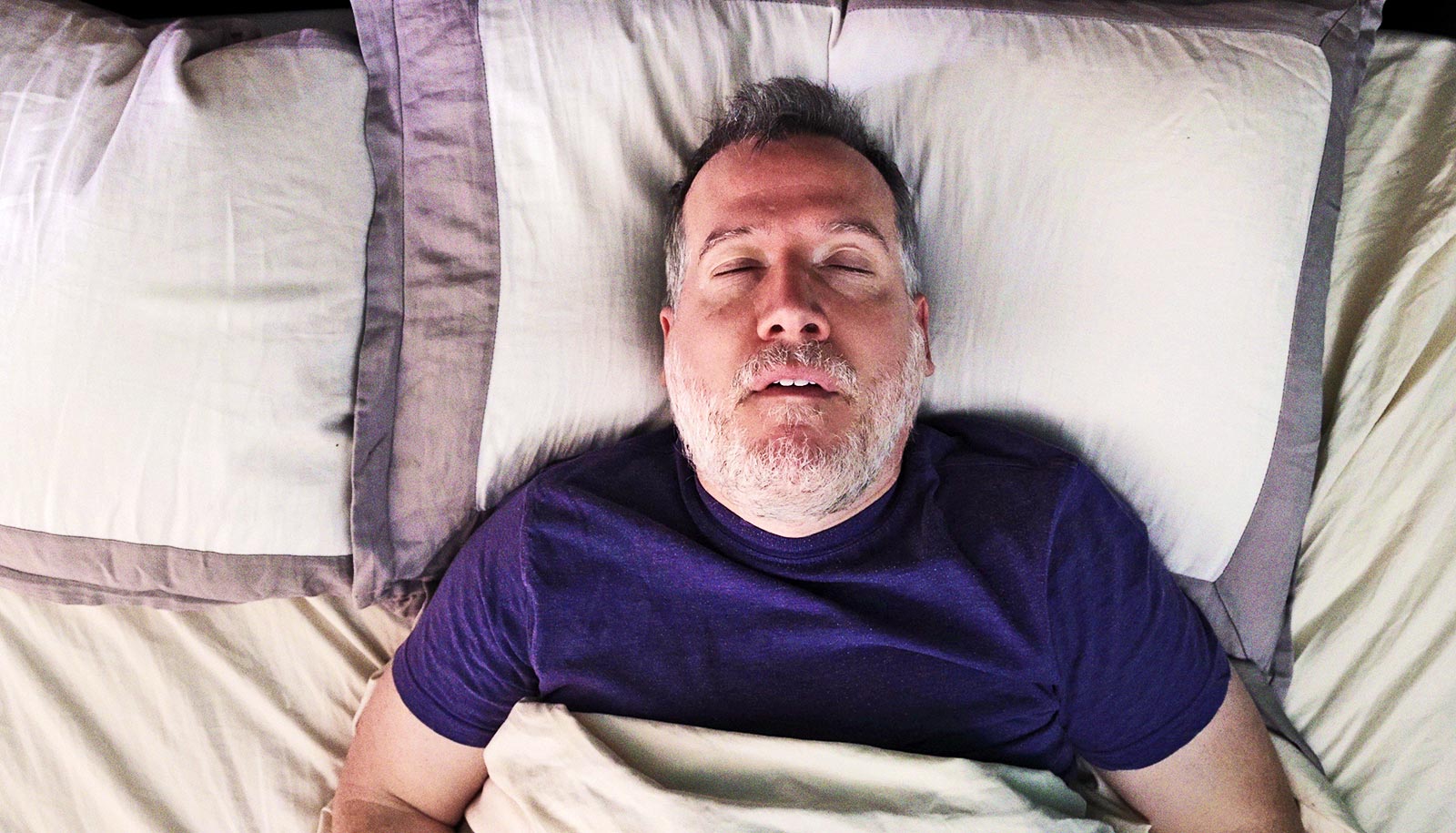Male alcohol use has a significant negative influence on in vitro fertilization success rates, increasing patient financial burden and emotional stress, new research indicates.
The new study in Molecular Human Production is part of a research program focused on understanding how male drinking prior to conception contributes to the development of alcohol-induced birth defects and disease.
The researchers say this particular study highlights the importance of expanding fertility and pre-pregnancy messaging to emphasize the reproductive danger of alcohol use by both parents, not just the mother.
Couples struggling with fertility are increasingly using assisted reproductive technologies (ART) like in vitro fertilization (IVF) to have children. The Centers for Disease Control and Prevention estimates that about 2% of all babies born in the United States are conceived using ART, which would mean one in 50 babies were conceived using ART in 2021, according to the CDC’s provisional births data.
These statistics highlight the growing importance of looking at both parents’ contributions to fertility and pregnancy outcomes, says Michael Golding, an associate professor in the School of Veterinary Medicine & Biomedical Sciences’ veterinary physiology and pharmacology department at Texas A&M University.
“We say to the woman, ‘You need to be careful of what you eat. You need to stop smoking. You need to be doing all these different things to improve fertility,’” Golding says. “We don’t say anything to the man, and that’s a mistake, because what we’re seeing here is that the couple’s odds of success with their IVF procedure are increasing simply by addressing both parents’ health habits.”
Golding’s research used a mouse model to determine the effects of a potential father’s drinking on IVF pregnancy outcomes. The model included a control group that represented males who do not drink, a group that represented males who participate in chronic drinking at the legal limit, and a group that represented males who participate in chronic drinking at one-and-a-half times the legal limit.
The results reveal that the more a male drinks before providing sperm for an IVF pregnancy, the less likely the pregnancy will be successful.
“Seeing the negative effects in both the legal limit group and the group drinking at one-and-a half times the legal limit revealed that as alcohol dose increases, things get worse,” Golding says. “That really surprised me. I didn’t think that it would be that cut and dry. That really emphasized that even very modest levels of exposure were breaking through and having an impact on conception, implantation, and overall IVF pregnancy success rates.”
Alexis Roach, a PhD candidate helping conduct research in Goldings’ lab and the study’s first author, says their findings and other research conducted in Golding’s lab challenge the primarily maternal-focused narrative of previous IVF research. She also says it’s important to make the findings of this research accessible to the public.
“The most important aspect of this research is that it makes it clear that everybody plays a role in achieving successful pregnancy outcomes, even though the general assumption is that it’s just women,” Roach says. “The most important thing to take away from this is that if you’re a male considering having a family, abstain from alcohol until your wife gets pregnant.”
The research concludes that male alcohol use hinders an embryo’s ability to successfully implant in the uterus and reduces IVF embryo survival rates. The research also reveals more questions about fetal development and paternal drinking.
Golding’s lab is continuing to research these questions and the paternal aspects of fetal alcohol spectrum disorders, a group of conditions that can occur when a person is exposed to alcohol before birth. His work aims to provide a holistic look at understanding fetal development and pregnancy by examining the father’s role.
For now, he says the next step in improving IVF pregnancy outcomes is getting the discoveries from this research into the hands, eyes, and ears of the people considering ART to help start their own families.
“It is important to remember that couples struggling with fertility who have chosen to pursue IVF are under intense emotional and financial pressure, which is associated with a feeling of helplessness,” Golding says.
“Our study demonstrates that drinking alcohol is an unrecognized factor that negatively impacts IVF pregnancy success rates. Therefore, as alcohol use is easily changed, our study identifies a shared action item that can empower the couple to work together toward their goal of becoming pregnant.”
Source: Rachel Knight for Texas A&M University


























